Support strong Canadian climate journalism for 2025
As part of a series highlighting the work of young people in addressing the climate crisis, writer Patricia Lane interviews Dani Miller, who through her work for Community Forests International is helping to save the trees.
Dani Miller
As the co-ordinator of the Common Ground project for Community Forests International, Dani Miller uses knowledge-sharing and storytelling to support the 80,000 family landowners in the Wabanaki forest — more commonly known as the Acadian forest — in climate-smart forest management to protect their land for generations to come, all the while increasing climate resilience.

Tell us about your project.
Short-cycle clear-cut logging has been the rule for much longer in the Maritimes than anywhere else in Canada and has left our forests and ecosystems seriously degraded. Industry’s insistence on using low-grade, fast-growing lumber to extract maximum profit means our water quality is threatened, flooding and soil loss and diminished resilience in the face of climate change are common, and we lack the biodiversity necessary to provide our communities with the known benefits to humans of healthy forests.
But just as there are still a few old trees that continue to seed the understory, there are also human knowledge-keepers, including many Indigenous people who understand how to manage forests for health and longevity. I aim to amplify their teachings to allow the 80,000 landowners in the region to sustainably manage their forests.
For example, 40 to 60 years after a clear-cut, a landowner will typically harvest fast-growing and easily milled white spruce, birch, and balsam fir. We provide a toolkit to inventory their understory with a view to regenerating their forests’ health based on ecological forestry practices proved out over decades by scientists, forestry professionals, and landowners. They might then selectively log to open canopy space, allowing native trees like red and sugar maples, yellow birch, and white pine to flourish. This, in turn, allows soil microorganisms, diverse herbaceous growth, and forest fungi to flourish and regenerate some of the forests’ biodiversity. This way of managing forests increases nesting and migratory bird populations and wildlife, sinks carbon, and protects against flooding.
A resilient and healthy forest holds a lot of water. We calculated that the 353-acre forest near Cambridge-Narrows held the equivalent of 10 Olympic-sized swimming pools during a severe storm event. If that land was clear-cut, releasing that water could contribute to traumatic and expensive flooding downstream during spring rains and storm events.
Canada must do much more to conserve forests if we are to meet our climate targets. Forests are our best carbon-capture opportunity, and unlike other higher-tech solutions, are already proven and working. Sustainable forest management is economically viable if we value its capacity for carbon drawdown. We have a carbon offset program, which is enthusiastically supported by businesses in the Maritimes that want to move towards carbon-zero by paying people to leave native old trees standing.
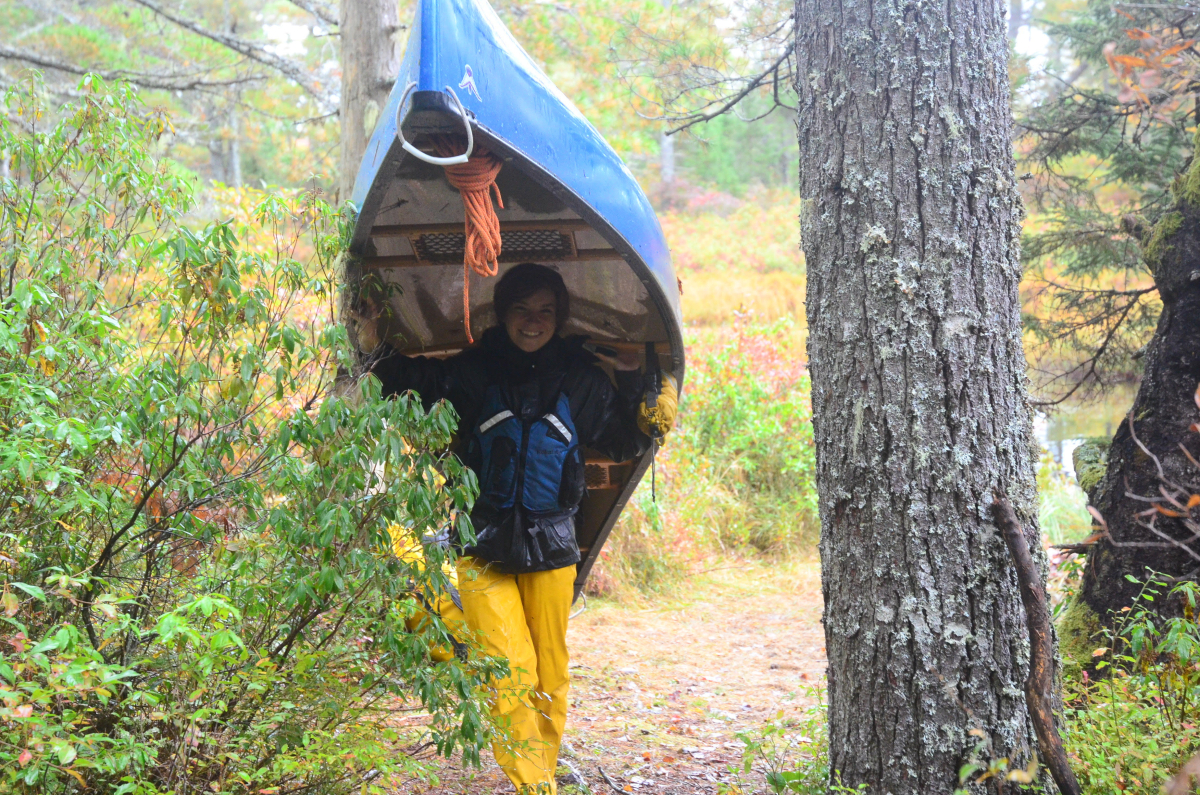
What makes the work hard?
It is extremely challenging at present to make a living from sustainable logging. Since spruce and fir are the dominant species used in construction and pulp, the mills are set up for these trees. Forestry equipment is designed for clear-cutting. Opportunities for education about alternative and more sustainable practices are very limited.
But the Nova Scotia government recently commissioned a comprehensive review of forestry management, which emphasized climate justice, biodiversity, and resilience. It is easier to implement those recommendations with the support of many of the 80,000 small landowners in this region, most of whom want to log sustainably but need the system around them to facilitate this shift.
How did you come to be doing this work?
My dad was a forester and took my brother and me into old-growth forests every chance he could. Just seeing his awe and wonder left me with a lifelong interest. While we had to drive past many forest plantations and clear-cuts to get to these forests, he reminded me that it does not have to be this way.
I planned to work in government following my studies so I could help change policy, but quickly realized the pace at which it moves is too slow for the climate emergency. That is why I have decided to work in non-governmental organizations for now. I am inspired by the work of organizations like the Ecology Action Centre in Halifax. They have demonstrated it is possible to make a difference.

What worries you?
Ninety-five per cent of our ancient forests are gone. We will never get them back. We have such a long way to go to conserve the last remaining trees, and the road back to resilience is slow. I worry that we don’t have the time. But then I think of the thousands of people like me who are all doing our part and that makes me hopeful.
What would you say to other young people?
It is easy to feel bogged down and hopeless. Mainstream media surrounds us with negative stories. Find your inspiration and spend lots of time there. For me, it is walking in old-growth forests where I remember why I love what I do.
What would you like to say to older people?
Tell us your stories of changes you have seen. As a young person, I see what is around me and might believe it has always been like this. Remind me that this is not so. If you tell a story of a positive change, it will inspire me. If you tell a story of a change that has been for the worse, it will remind me that things have not always been this way and change is possible.

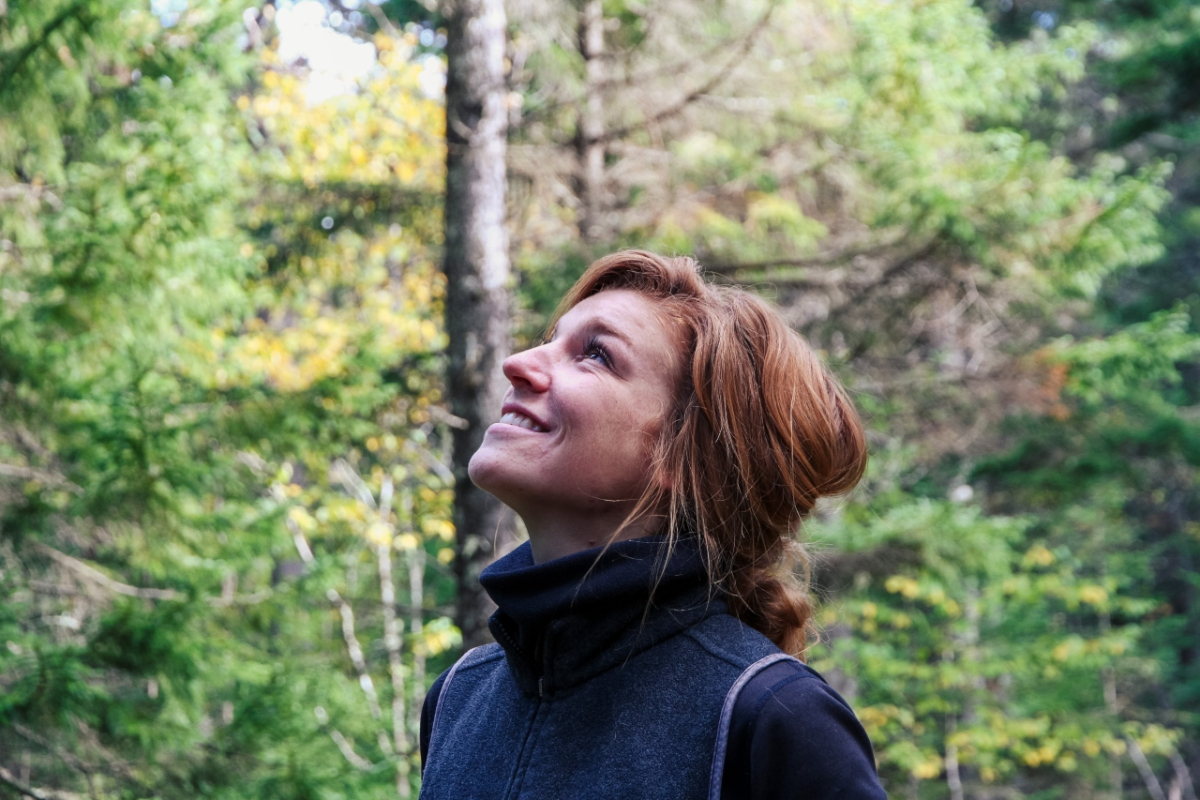
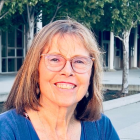
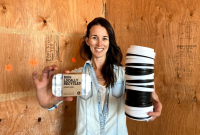

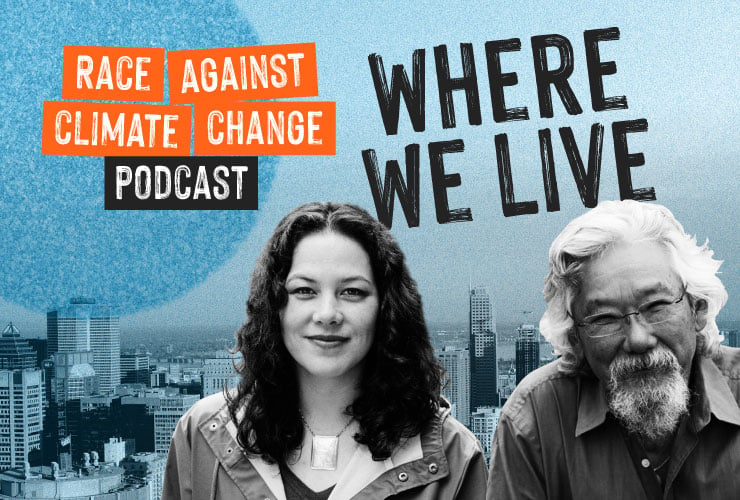
Comments
I wish her and so many others good luck. Forestry industry is an abhorrent beast and it seems no government has the inclination to stamped down its corruption and its rapacious and destructive appetite.
The forestry industry, from my limited observations is simply one of our specie's extractive industries filling a need of us consumers for more houses that we blindly demand our politicians see they provide at the lowest up front cost. Our social construct makes little or no provision for sustainability . It has ever been thus! It has now become sufficiently clear to enough of us that this system will self destruct as we "rape" the Biosphere of it's capacity to renew itself and provide for a sustainable future. COP26 was the latest attempt to turn things to sustainability for the future. Nova Scotia's forested lands, that remain have been stripped of their capacity to regenerate to what they were before 1500. Their natural recycling of nutrients was broken by the removal of timber and not replaced, now mostly barrens struggling to rebuild on soils that are naturally low in fertility and active microflora that help make available to higher plants the mineral elements needed for growth. This project is a noble development that can help show what will make possible, over time, a forest cover that prevailed before the European invasion.